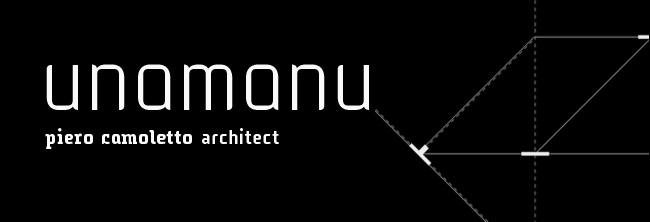
Genre theories of art are more or less a development of the Aristotelian approach to criticism. That is, art objects as a result of a technique, or techne.
Let us pretend that we have not yet discussed, as we have, the closure or completeness of our daily concepts (Wittgenstein) nor of our abstract concepts (Goodman and compliance classes).
Let us begin with what is by now an acquired concept of modern semiotics, and that is the openness of works. This is by no means a quality shared by all cultures, but it is a distinct product of the European aesthetic research, a sort of cultural vice that we first raised as a banner and flag with the French revolution, but whose roots sink down well into the first modernism, Michelangelo and the cult of genius and originality.
We see this in the perduring 19th century rethoric of critique, crisis, war. The Bushes are Marx's leanest and meanest illegittimate children.
Looking into the openness of works, appears a logical vice in the genre theory of art, a vicious circle.
Let us suppose a clean slate, where we not only have not developed the criteria for belonging to a certain class or genre, but where we are yet to develop the genre's themselves. From a theoretical point of view, this veil of ignorance has to be admitted, in as much as the strong version of the genre theory hopes to trace out a descriptive and not evaluative, theory of criticism.
Let us suppose then to have neither criteria nor genre, but just works of art (how we come to classify certain objects as works of art and not other things, is quite misterious, but it is in the end just the same game...). The role of the critic behind this veil of ignorance, would be to distill the essential properties of each work of art and define the genres. But to do this, he would have to have instance of the genres. Just what he does not have, for not having the class, how could he have the instance. Look at it this way: it is the same problem faced by art historians in determining falsity or authorship of 16th century paintings.
He has to rely on his authority or on the individuation of the intentions of the artist (supposing he/she is known). But auctoritas is not something that we can believe in (step 12), and we have shown that intentions are meaningless. Particularly in our age, where not only revolutions happen, but they are the highest of our values.
Our concept of art is conceptual. Our concepts are open and in open evolution.a
The ouroboros, is the emblem of this sort of operation. It is not casual that it is also a mythic and mistical beast tied to all that is life.
It is also the emblem of the architecture that slithers beneath these words, and fills the empty belly of the white trojan horse that is this architectural novel.
sabato 5 aprile 2008
Step 10: Genre Theories and the Neutrality of the Critic
Iscriviti a:
Commenti sul post (Atom)

Nessun commento:
Posta un commento